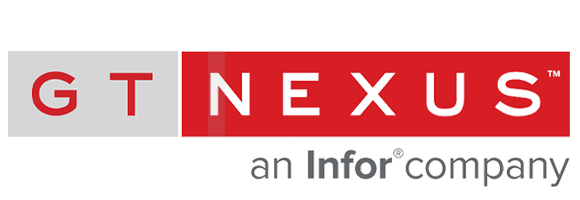5 Supply Chain Symptoms That Might Get You Down
By taking steps to increase visibility and confidence in supply flow, companies can gain a competitive edge against those still relying on forecasts and outdated methods.
A huge challenge in supply chain is finding a way to reliably meet volatile global demand while maintaining a strong profit margin.
When you’re uncertain as to whether you can ensure supply flow to customers, you’ll likely notice several of these symptoms - all of which amount to weakness in the supply chain that can translate to millions in lost profit.
If you don’t have a strong assurance of supply strategy in place, it’s probably time for an honest assessment.
#1: Buffered inventory is stacking up to guard against risk
Do you have in-transit visibility? Without it, there’s a need for excess inventory to safeguard against possible disruptions or delays in supply chain activity. It’s common to assume that buffer stock is just part of reality, but the best-in-class know that to stay competitive, waste must be eliminated. Those experiencing reduced profit margins from inventory costs will see an improvement once they invest in a visibility solution that diminishes the need for buffer stock.
Related: The Financial Value of In-Transit Cargo Tracking Data
#2: Inaccurate lead times are lowering customer satisfaction and making planning useless
When lead times are inaccurate, companies must choose between breaking commitments to customers or paying high prices to expedite shipments via last-minute airfreight. The former erodes consumer confidence in a brand, while the latter cuts deeply into profit margins.
There’s a need for tight control over global flows and partner activity by focusing on execution, enabling themselves to react quickly to demand volatility to correct errant lead times and improve customer delivery.
Related: Inventory Optimization Needs the Right Processes to Make a Difference
#3: Poor WIP visibility is making supplier activity a mystery
Are you struggling to know whether your suppliers have shipped materials on time? If reporting is manual, and knowledge on whether parts are available is scarce, you’ll feel the repercussions when partners fail to meet their obligations.
Since manufacturers are at the mercy of their suppliers to meet obligations further down the supply chain, WIP visibility is imperative to keep the entire system moving efficiently. This is especially important when suppliers are in faraway regions or are not diversified–a single proprietary chip, for example, can stop production and delivery of thousands of computers across the globe.
Related: From Risk to Resilience: Using Analytics & Visualization to Reduce Supply Chain Vulnerability
#4: Lack of control over inventory is racking up the costs
If you’re using ERP and EDI technology to manage inventory, it won’t work for today’s global supply chain. Because there’s no way to share accurate inventory data among partners, you’re left guessing where inventory is in the supply chain. If its path deviates from the plan, it’s discovered too late in the game to correct the problem without financial consequences. Beginning at the work-in-process level, lack of visibility lowers the amount of control an enterprise has over lead times and meeting production goals.
Related: Inventory Optimization Evolving from Fad to Necessity
#5: Instability and financial stress are straining supplier relationships
Companies today have suppliers all over the globe, many of them in developing regions without affordable access to capital. This creates a great deal of stress on the suppliers to fulfill orders even when financing is tight and payment terms are extended out as far as 90 days. If you’re putting this kind of financial pressure on your suppliers, it’s likely that relationships will suffer. You might also experience margin erosion due to disruptions in the supply chain.
Related: Seven Techniques for Preparing Winning Negotiations with Your Key Suppliers
If any of these sound familiar, the answer may be to develop a better assurance of supply program. By taking steps to increase visibility and confidence in supply flow, companies can gain a competitive edge against those still relying on forecasts and outdated methods.
Related: 7 Ways to Strengthen Assurance of Supply With Cloud Technology













